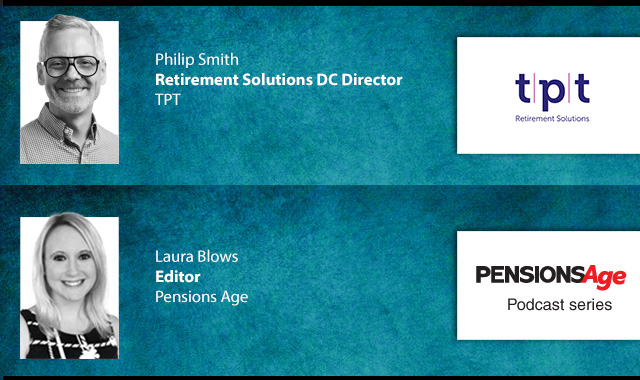The government should consider how to incentivise higher earners to contribute more to their pensions, Hargreaves Lansdown has said, after its research revealed that high earners face the largest pension adequacy gaps at retirement.
The firm’s Savings and Resilience Barometer revealed that there is a “mountain to climb” when it comes to pension adequacy, as less than half (43 per cent) of households are saving enough for retirement.
This is particularly true for higher earners, as the highest earning households have the largest pension adequacy gap of £64,800, compared to a pension gap of £1,250 among the lowest earners.
Hargreaves Lansdown head of retirement analysis, Helen Morrissey, said that the shortfall in the retirement savings of higher-earning households is “particularly troubling”, as Hargreaves Lansdown found that around 40 per cent of higher earners are on track for a moderate retirement standard.
Morrisey highlighted this as a "clear sign" that higher earners are saving, but nowhere near enough.
However, Morrissey explained that the “picture for lower earners is much improved”, with the state pension and auto-enrolment minimum contributions expected to go a long way towards helping them replace a large proportion of their pre-retirement income, which will help them maintain their lifestyle.
This could cause tension for future pension policy though, as Morrissey cautioned that while raising minimum contributions would help higher earners “bridge the gap to pension adequacy", it could be unfair to expect lower earners to pay more when they could already be struggling financially or close to achieving adequacy.
It is not just pensions that are feeding into the adequacy picture, however, as Morrissey pointed out that, when including non-pension assets, the picture of pension adequacy improves further.
Indeed, 42 per cent of households reported that they have some sort of non-pension investment, with 38.1 per cent having a pension and investments and 3.9 per cent having just investments and no pension.
Morrisey pointed out that including these non-pension asset investments with pensions gives individuals’ pension planning a “significant boost”.
In particular, she said the self-employed, who normally have much lower pension adequacy scores compared to employed households, see the largest gains when these additional non-pension assets are factored into the pension adequacy assessment.
She noted that self-employed individuals, who typically have significantly lower pension adequacy scores than those who are employed, experience the largest improvements when these additional non-pension assets are factored into the pension adequacy assessment.
The research showed that 47 per cent of self-employed households would reach retirement adequacy if non-pension assets were included, compared to 36 per cent if just pensions were used.
This is compared to 54 per cent of employed households achieving adequacy when non-pension assets are accounted for, compared to 46 per cent if just pensions are used.
“This is because self-employed people are more likely to invest in assets outside of a pension due to concerns about being unable to access pension money until at least the age of 55,” Morrissey explained.
Latest News
-
DB schemes urged to review objectives and governance to ‘hit the ground running’ in 2026
-
ESG progress stalling among fiduciary managers
-
Nearly half of salary sacrifice users fear smaller pension pots under reforms
-
DB redress payments to remain ‘historically low’ in Q1
-
Raindrop recovers over £675m in lost pension pots in 2025
-
2026 marks beginning of 'decade of pensions transformation'
Private markets – a growing presence within UK DC
Laura Blows discusses the role of private market investment within DC schemes with Aviva Director of Investments, Maiyuresh Rajah
The DB pension landscape
Pensions Age speaks to BlackRock managing director and head of its DB relationship management team, Andrew Reid, about the DB pensions landscape
Podcast: From pension pot to flexible income for life

Podcast: Who matters most in pensions?

In the latest Pensions Age podcast, Francesca Fabrizi speaks to Capita Pension Solutions global practice leader & chief revenue officer, Stuart Heatley, about who matters most in pensions and how to best meet their needs
© 2019 Perspective Publishing Privacy & Cookies







Recent Stories